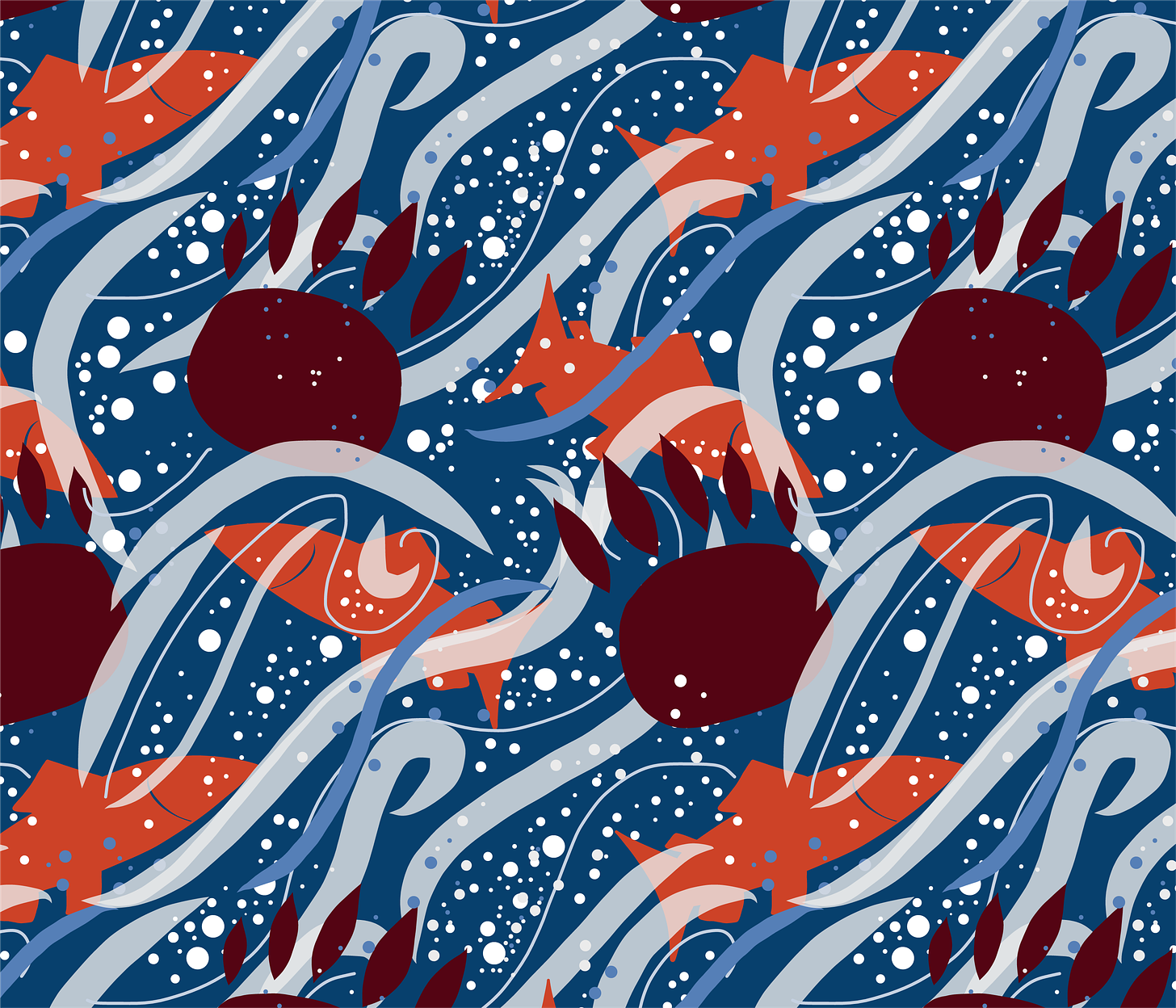Some people may think of ‘Earth Day’ as a shallow ploy, or worse, a time of intentional greenwashing. But no matter what you think of Earth Day’s weak points, there’s power in linking your workshop to a force bigger than your organisation. For some topics, you may capture more interest if you tie your workshop to a day or date like “Earth Day,” (this year Monday April 22, 2024).
It’s mid-February now, so you have time to schedule and plan for a powerful workshop that gets your group or organisation working better, faster, stronger on a key environmental challenge.
Other significant dates or days as motivators
Aside from Earth Day, you can consider other significant dates or milestones related to your workshop. Maybe it’s the anniversary of your company’s founding, or maybe you’re about to reach 1 million customers. Maybe it's the anniversary of opening a particular site or office, or a day that commemorates a person or technology that’s significant to your work.
If Earth Day works for you, then there are many concerns you might tackle, from biodiversity to clean water. But even if you’re working on some other ‘motivator’ date, you can use the approach outlined below, thinking about what kinds of actions will make the biggest difference.
Do you need common understanding?
Among people or departments in your organisation there may be wildly different perceptions of the problem. One team may think the problem is mainly about the distribution of your products, but other teams see the problem as the way the product is designed. A workshop can bring everyone to a common understanding, to see the same bigger picture. Then they can move forward based on this common understanding.
Do you need ideas?
Maybe the problem feels intractable—you’re stuck. In that case you need new ideas. In particular, your workshop can help people think outside the box. There are no bad or wrong ideas. Your goal is to get as many different ideas as you can, and for some of them to be challenging or ‘way out there.’ Whackier ideas can contain kernels of ‘breakthrough,’ original thinking. As regular readers will know, this is one of my favourite parts of design thinking.
It’s helpful to first gather insights into the problem area and develop some common understanding (combined with customer/user research) before you start the generating ideas, maybe using some exercises like these:
Mash up or ‘forced connection.’ Take an unrelated brand, concept, or even a physical item from a grab bag of random objects, and ask, “if I look at my problem through the lens of this other brand, concept or object, what does it look like? What is the Oxford University for home insulation technicians? What is the Mahatma Gandhi version of this service? How does a carrot peeler inform our user interface?
Impose constraints. Test what ideas emerge if you put different time or resource constraints on the solutions. What if it had to be completed in one week using less than $100? What if it had to last for 100 years? Other constraints could include:
use of only local resources
serviceability for a particular group (e.g. people with arthritis or people who don’t drive)
luxury—the gold-plated version.
Bad ideas. Come up with really bad ideas. The worst possible ways to address the problem. Sometimes people find this an easier way to start because it removes the pressure of coming up with “good” ideas. This can be a funny exercise and you can build on each other’s bad ideas. Once you have a good range of bad ideas, you can take a look at what these suggest about good ideas, in a reverse engineering process.
When you do these exercises, be sure to have everyone capture all their ideas so that the group can work through them and crazier ideas don’t get tossed too soon, before someone has a chance to gain an insight from them.
Do you need to experiment on implementing new ideas?
Maybe you have ideas but you’re stuck on implementation. No-one has the right job title to do the idea, or it cuts across too many different departments. A workshop can help you devise short-term experiments to run. With these you can test different elements – what happens if we ______(“ask Mark to pull the data when he’s pulling up monthly sales data”)? Experiments help you learn about what can work (or doesn’t work) and gives people a chance to try new ways of working. You test and revise your approach until you find the right way forward.
What’s your useful day/date?
So, go ahead and find a useful date, anniversary or other calendar motivator to build momentum for your workshops on change and innovation. What date(s) will you choose?





We are having ‘senior night’ for the Outdoor Club at my son’s school on April 22nd! I love the idea of seeking deeper meaning when collaborating. Thank you, Ann, for putting this concept together so beautifully!